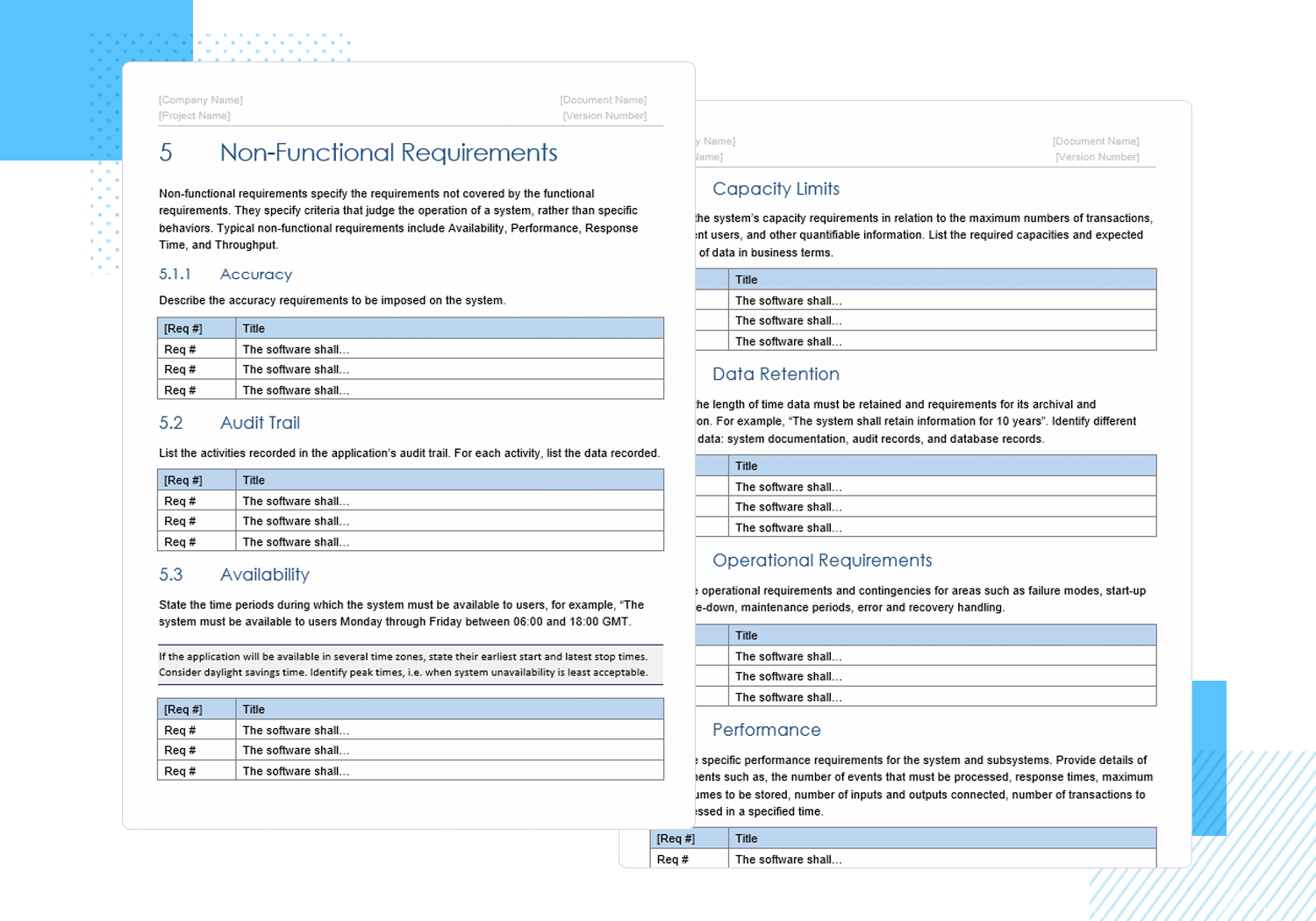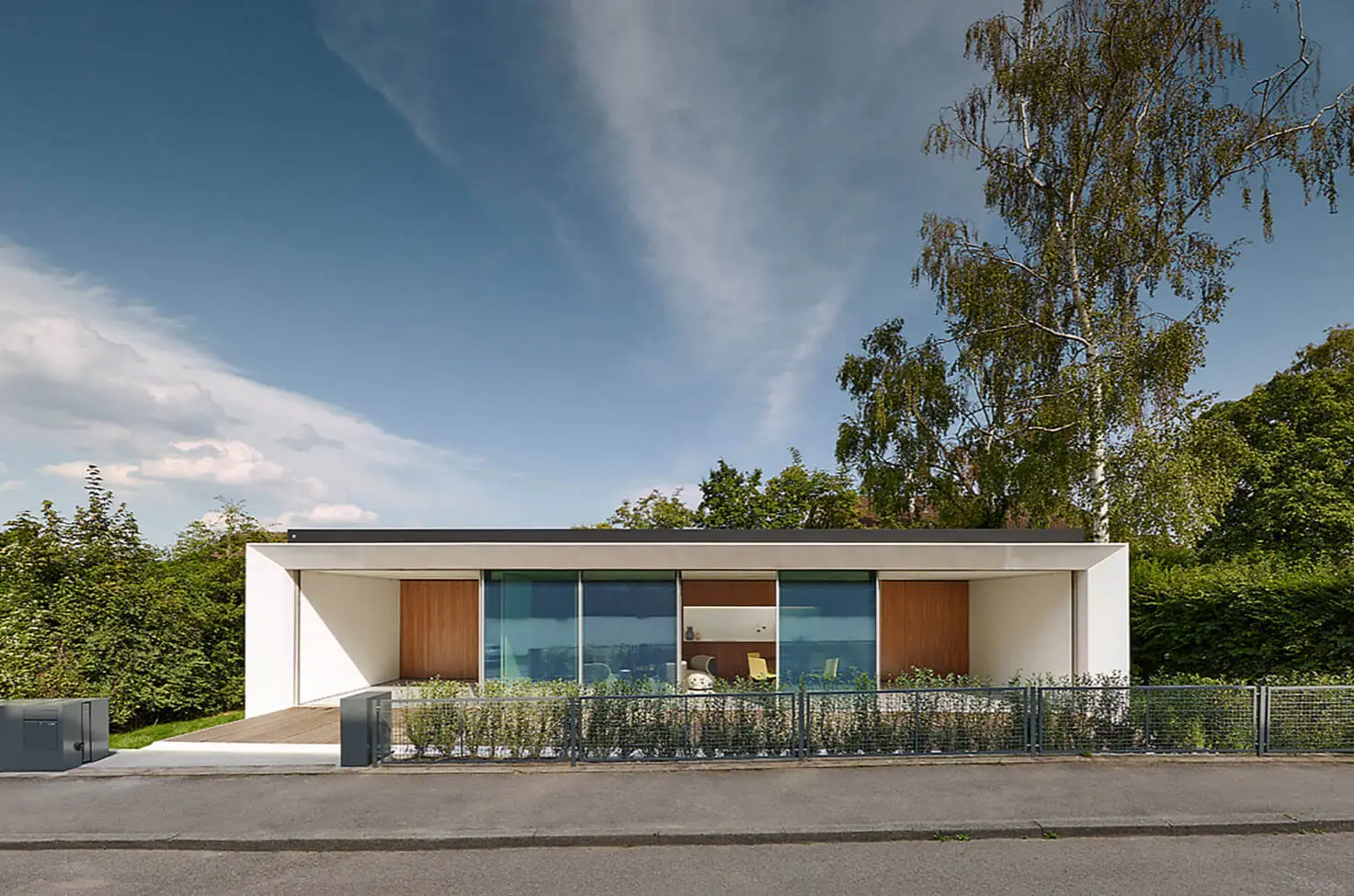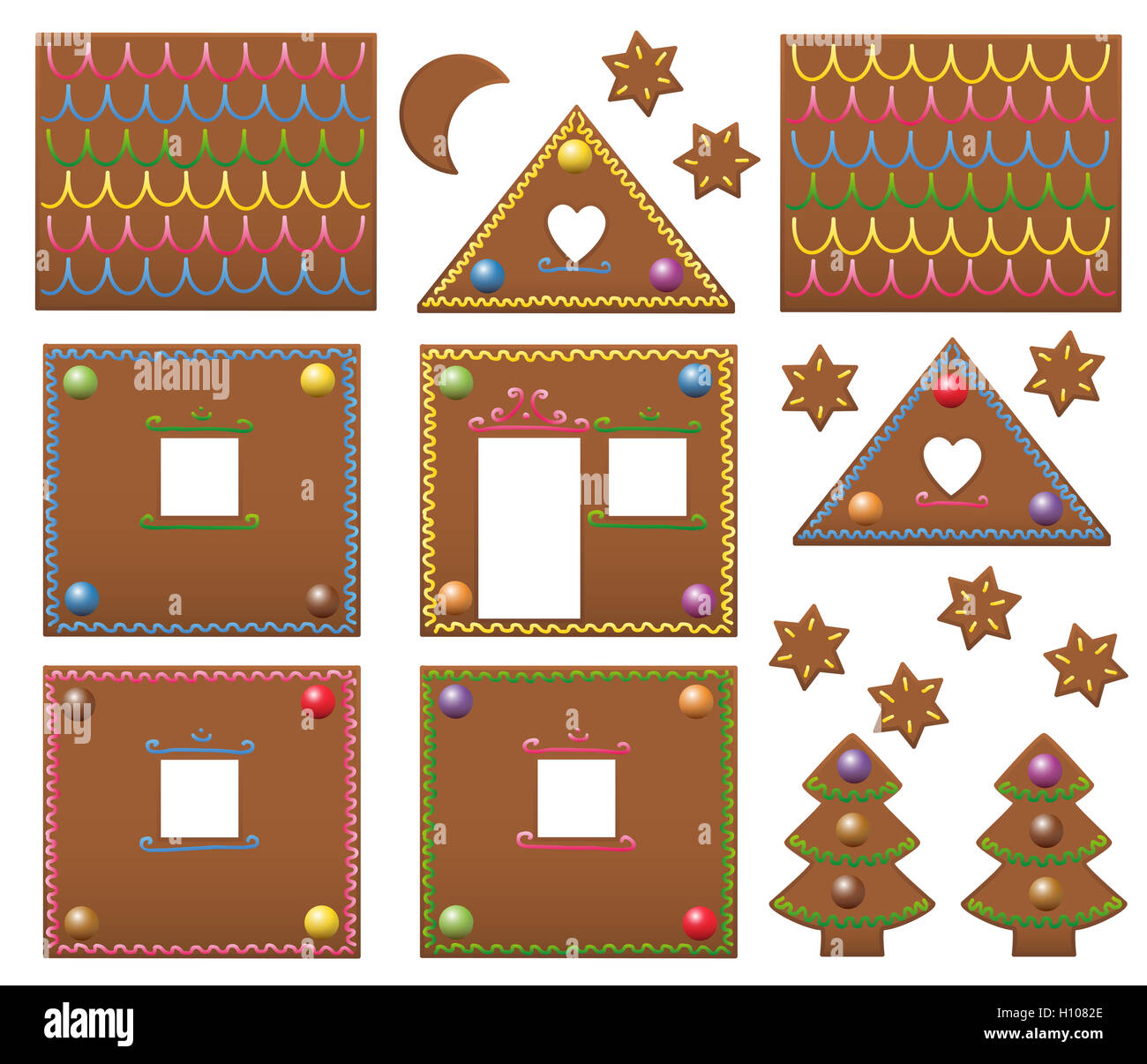Table Of Content

V) Reference to the specific or overall approach to confirming effective implementation, i.e. the validation process. For example, a functional requirement may state a user will be able to upload videos using the user interface. Writing an SRS is just as important as making sure all relevant participants in the project actually review the document and approve it before kicking off the build phase of the project. Creativity, past experience, a sense of what makes "good" software, and a commitment to quality are success factors for a competent design. However, the design process is not always a straightforward procedure.
Design Documentation in Software Engineering
The focus here is on ensuring the system’s long-term viability—ensuring it launches successfully and stands the test of time. It’s a manual for your software’s continuous health and well-being, ensuring it remains robust and fully supported beyond its initial launch. This section is the testing backbone, laying out a comprehensive strategy that covers unit tests, integration tests, and user acceptance testing.
Provide Cross-References and Hyperlinks
To create an SDD, you have to think through your entire system architecture before writing any code. This allows you to anticipate any snags or roadblocks and plan around them. As various team members work to build out their respective parts of the software, there’s a centralized document that outlines features, dependencies, and other useful bits of information. Ultimately, each organization, each software development team, and even each individual project will require its own unique SDD.
Product Description
Lower-level plans provide guidance for constructing each detail (e.g., the plumbing lay). Similarly, the software design model provides a variety of views of the proposed software solution. An ideal tool for writing an SDD is open, collaborative, and organized – Nuclino aims to be such a tool. Keep your design docs easily accessible to all stakeholders by keeping them in your shared drive or your internal knowledge base, making them easily discoverable and searchable. The title of your design document and the list of people planning to work on the project.
Non-Functional Requirements
Then expand each use case with alternative actions and probable system responses to ensure that you’ve covered all possible scenarios. Building on the basic summary of SRS, it’s a good idea to also think about how your product fits into the bigger picture. Look at what makes your product stand out from the rest and how it might change the game in its market. Viii) Costing – The estimated resource requirements, (often will be primarily the staff costs, but also hardware, equipment dedication times) for the range of tasks to be performed. It may be preferable to create one or more component diagrams which detail the planned tasks to be performed and detailing the various interactions. Don't leave things out – even the things you are confident you won't forget.
You will learn what to put in your design specifications document, how to write design specifications and lots of other helpful information. Content is the first thing that comes to your mind while knowing how to make an SRS document or how to write a software design document. And the content for these two types of documents is completely different from one another. SRS documentation should accurately depict the product’s functionality, specifications, and instructions so that the team members have no additional questions while using it. So, make sure every requirement has only one possible interpretation by avoiding subjective suggestions, ambiguity, and loopholes.
10 security-by-design principles to include in the SDLC - TechTarget
10 security-by-design principles to include in the SDLC.
Posted: Thu, 22 Sep 2022 07:00:00 GMT [source]
Key element 9: A well-defined timeline
Word is a great tool that has its applications but it's also rigid and closed in nature. Writing a design document in Word would virtually guarantee that no one will read and let alone update it. The style of writing a software design document is purely subjective and usually a matter of personal preference. It ensures that everyone on the team understands the specific technical language used in the document.
Requirements smell
Bit allows users to manage permissions and information access that suits their organizational needs. It supports features like document tracking, password protection, access restrictions, etc. that help keep your important company information safe. Bit’s sleek, minimal, and distraction-free editor makes a great tool for documentation. You can bring all the important stakeholders on a common document and make sure everyone knows what is agreed upon.
What Is Static Testing? - TechTarget
What Is Static Testing?.
Posted: Tue, 15 Mar 2022 01:59:26 GMT [source]
In addition, this section usually features a description of how the software will communicate with other software using the various available communication standards. For example, you might have descriptions of compatible message formats (such as audio or visual) as well as standards for the data size the product can send or receive by way of a specific user action. Sometimes the output of a design process is design documentation. Software design is the process of conceptualizing how a software system will work before it is implemented or modified. [1]Software design also refers to the direct result of the design process – the concepts of how the software will work which consists of both design documentation and undocumented concepts. Get straight to the point without beating around the bush, and be clear regarding feature descriptions.
You’re building software to address a problem, but yours might not be the first attempt at a solution. There’s a good chance an existing solution is in place—you’ll want to describe this solution in your SDD. Based on the quadrant each feature falls into, decide whether to include it in your minimum viable product (MVP). Features in the upper-right quadrant (high urgency, high impact) should be included in your MVP. With features in the bottom-right (high urgency, low impact) and upper-left (low urgency, high impact) quadrants, use your discretion to decide if they are a part of your MVP. Features in the bottom-left quadrant (low urgency, low impact) should not be included in your minimum viable product.
With this intuitive, cloud-based solution, anyone can work visually and collaborate in real-time while creating internal notes, team projects, knowledge bases, client-facing content, and more. Creating software design documents can be a long and tedious job but it doesn’t have to be. When you have a fast and robust documentation tool like Bit, you can create awesome software documents in a jiffy and make sure that everyone is on board with everything that is being documented. A software design document helps to ensure the design specs of the software are understood and it’s clear to all.
In coding projects, the user interface holds significant importance. However, discussions involving multiple stakeholders—clients, project managers, UX designers, and programmers—can sometimes lead to confusion. SDDs serve as a communication tool between developers, software designers, and stakeholders. It promotes a shared understanding of the project, makes collaboration effective, and reduces misunderstandings.
These decisions will fit better with the design decisions you have made. If you were going to construct a building, you wouldn’t just start laying bricks and cement. You’d get together first and decide exactly what you wanted to achieve. Without knowing what the final result will look like, different stakeholders will be unable to code.
The choice would strongly depend on the scope of the project and the size of your team. However you decide to structure your SDD, the important thing is to find the format that works for you and your team and continuously iterate on it. It serves as a guiding document for the development team and other stakeholders throughout the project. A well-written, comprehensive SDD should contain all the information which may be required by a programmer to write the code. In this part, you need to give your team the big picture—summarize how the system’s tasks and roles will be divided and handed off to different subsystems or components.
A high-level summary that every engineer at the company should be able to understand. Employ wireframes to effectively convey product designs that are challenging to articulate in writing. Then, continue with follow-up questions about animations, navigation, user journey, and more.
It goes beyond running tests to define quality assurance processes and criteria. The goal here is optimization—ensuring the software meets and exceeds responsiveness expectations while judiciously utilizing resources. It focuses on setting performance expectations, pinpointing potential bottlenecks, and factoring in scalability considerations. This helps in effective troubleshooting, not just during development but also in operational phases. The focus here is on contributing to the system’s reliability, ensuring it remains robust and resilient even in the face of unexpected hiccups. This section maps out how the system reacts when errors and exceptions occur.










